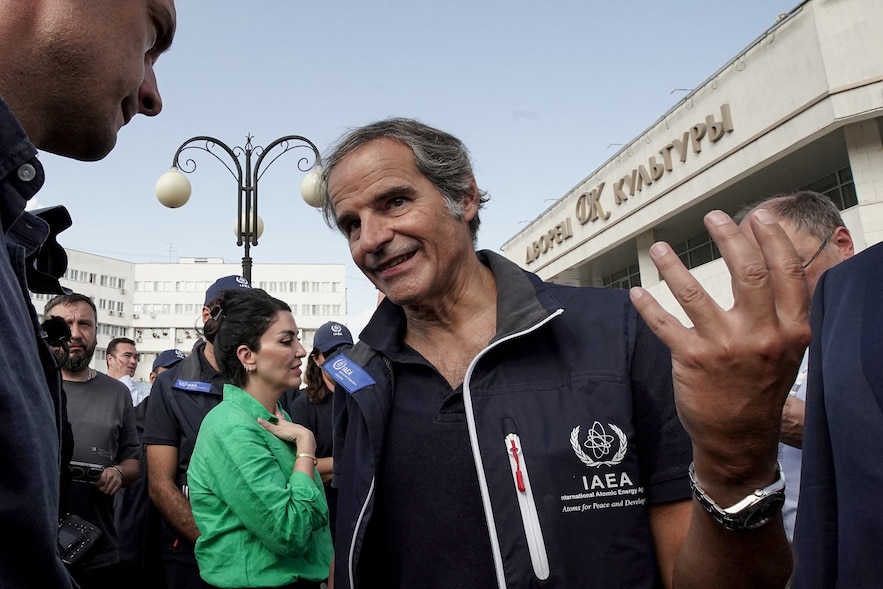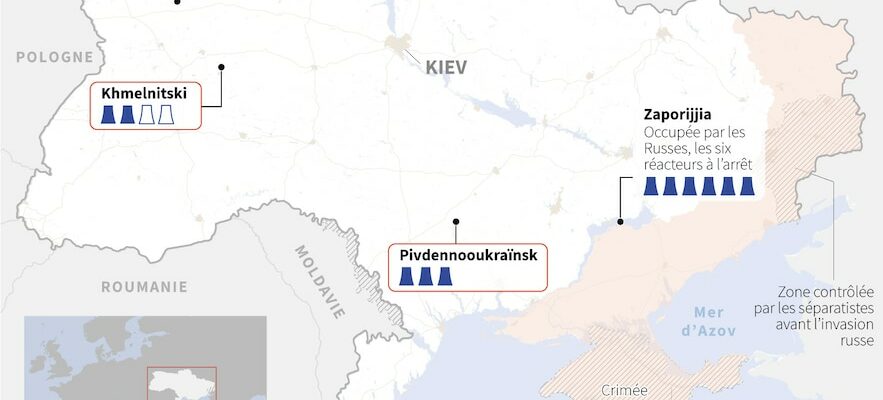On August 6, to everyone’s surprise, the Ukrainian armed forces launched an offensive into Russian territory. The theater of operations? The neighboring Kursk Oblast, located on its northeastern border. For the first time since the Second World War, a foreign army is setting foot on the soil of Greater Russia. And from this climate of stupor, or surprise for the most hardened, the strange and the unexpected arise. It must be said that seeing Christian Freuding, general of the Bundeswehr – the German land army -, comment on the Ukrainian offensive towards the city of Kursk, on an interactive map, can be disturbing, taking us back to a past that we would like to be further away than it is.
So much for the strange, now what about the unexpected? The conflict that has been going on for two and a half years between Ukraine and Russia continues to cause concern because of a potential escalation of war. It must be said that a large-scale conflict involving one of the nine nuclear powers – Russia has the most nuclear arsenal, quantitatively speaking – revives the psychosis of nuclear winter that was omnipresent during the Cold War and so well sung in the years by the German group Nena and their hit 99 Air BalloonsBut after two and a half years, and even though Putin continues to brandish the threat of nuclear fire, no missile has “gone straight up into the sky” as the Bordeaux group Noir Désir shouted in 1996.
So if the use of such a weapon appears to be at best neutralized, or at worst delayed, there are still other ways to suffer the fury of the atom. Civil nuclear installations remain military objectives for both armies, handled with more or less caution. At the beginning of the Russian invasion, the eyes of the international community turned successively to the sites of Chernobyl, then that of Zaporizhia. The first, in the north – where, in 1986, one of the biggest nuclear disasters in History took place – found itself in the hands of the Russians for a short time, before their offensive on Kiev was repelled by the Ukrainians.
Zaporizhia, located on the Dnieper River, suffered a sadder fate. Better established in the south of Ukrainian territory, the Russian army took up position on the left bank of the river, taking possession of the complex. On August 12, a few days after the start of the Ukrainian offensive, a fire broke out in one of the cooling towers of the plant. Both Russians and Ukrainians accused each other of being behind it. Five days later, a drone strike near the site prompted the International Atomic Energy Agency (IAEA) to publicly express its concern about the “deterioration” of the plant’s security, subsequently sending a delegation to the site.
Map locating nuclear power plants in Ukraine.
© / Jean-Michel CORNU, Sophie STUBER / AFP
Kursk, new cradle of worries
But since the Ukrainian offensive, attention has been focused on the territory of the Russian Federation. On Tuesday, August 27, Rafael Grossi – director of the IAEA – visited the Kursk nuclear power plant, located 50 kilometers from the Ukrainian positions. In a statement published the day before his visit, the Argentinian justified his presence by the desire “to independently assess what is happening”, adding that “the safety of all nuclear power plants [était] a central question [pour l’AIEA]”. The visit of the head of the UN organization was preceded by accusations from Vladimir Putin, made against Ukraine. The autocrat reproached – during a meeting held on August 22, according to AFP – the Kiev troops of having “tried to strike the nuclear power plant during the night.”
In October 2023, the Russian plant administration reported and recorded three Ukrainian drone attacks that, however, caused no casualties or damage. The tensions surrounding the nuclear sites led Rafael Grossi, on August 9, to call for “maximum restraint in order to avoid a nuclear accident”. On August 27, he claimed to have been able to visit “the most important parts” of the plant. For him, the infrastructure operates in “conditions very close to normal”, but, in front of the press, he was keen to point out: “A nuclear power plant of this type so close to the point of contact or a military front is an extremely serious fact.”

International Atomic Energy Agency Director General Rafael Grossi speaks to reporters in Kurchatov following his visit to the Kursk nuclear power plant on August 27, 2024.
© / TATYANA MAKEYEVA / AFP
Administered by Rosatom – a Russian state-owned company – the Kursk complex has six nuclear reactors, two of which are still under construction. These are of the same type as those at the Chernobyl plant. In addition, they do not have a containment building, a piece of equipment that protects against external climatic threats, just as it prevents the spread of radioactive particles in the event of an accident.
However, according to Tariq Rauf – a former IAEA official, interviewed by AFP – these reactors have undergone “significant improvements in terms of safety”. Also interviewed by the press agency, Robert Kelley – former director of inspections for the UN agency – assures that “the possibility of a Chernobyl-type incident [NDLR : avec un réacteur qui explose et brûle pendant des jours] is zero.” For him the danger would come from a missile strike which could, for example, hit fuel storage sites, causing a release of gas and radioactive particles.
